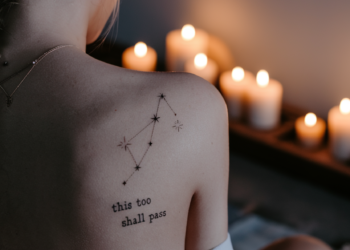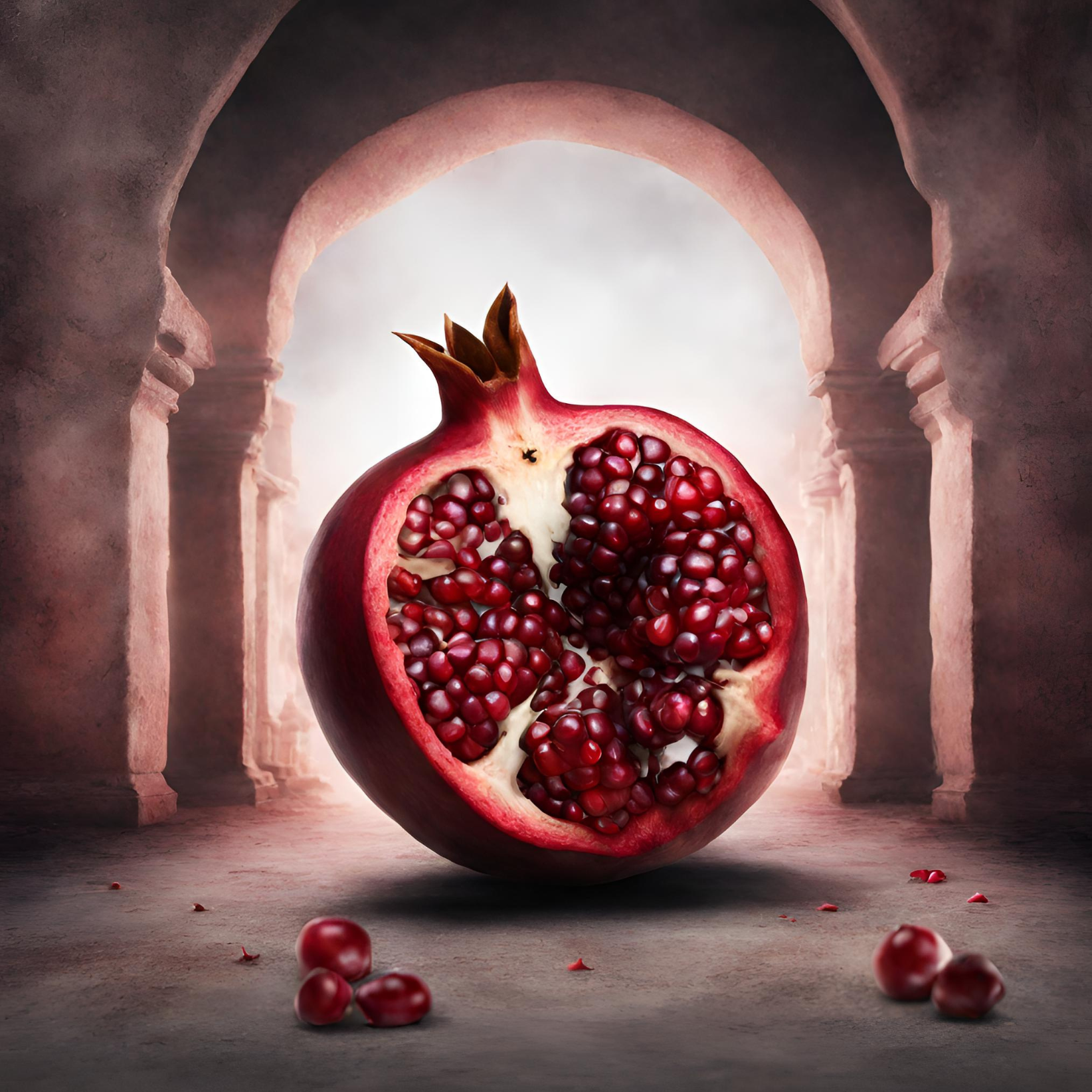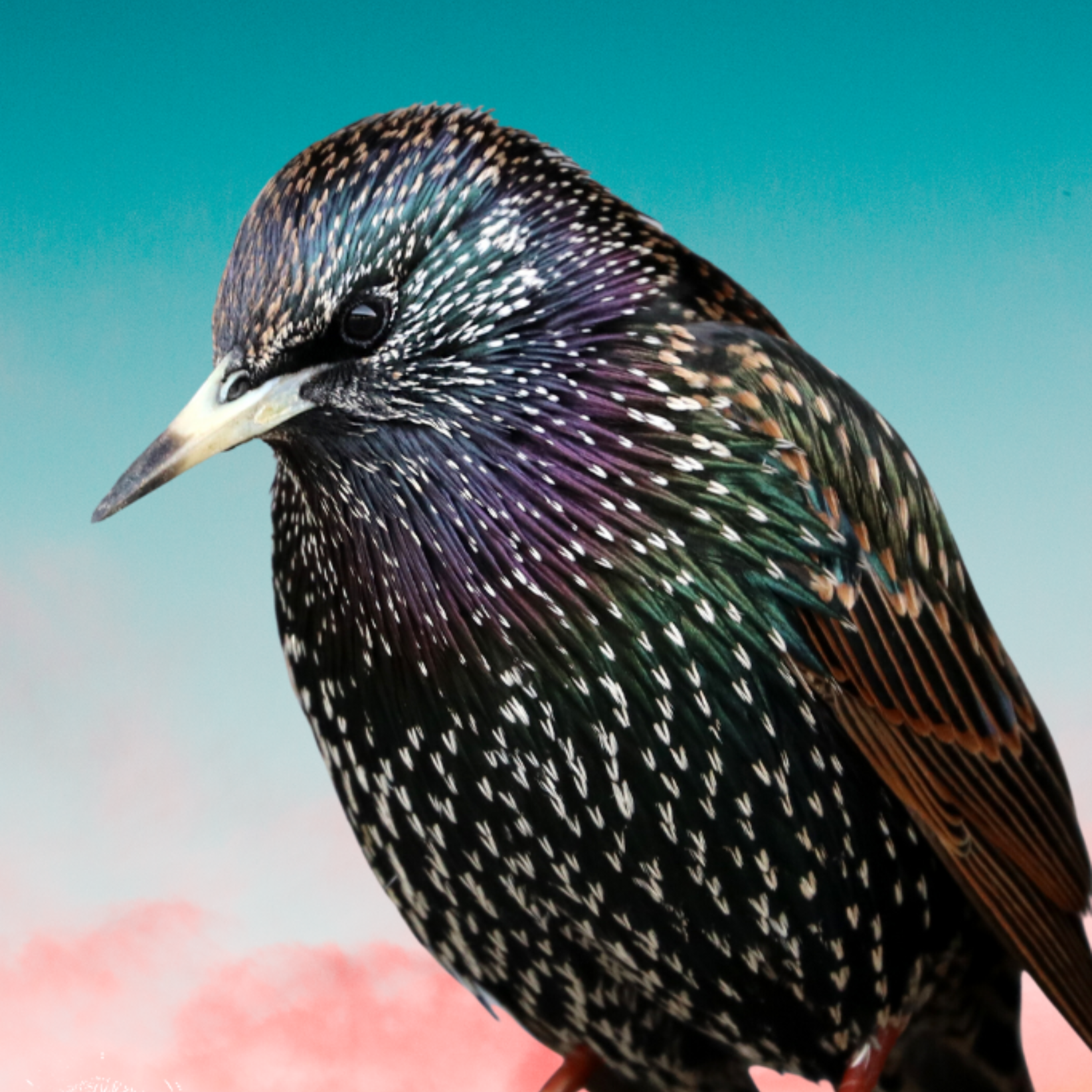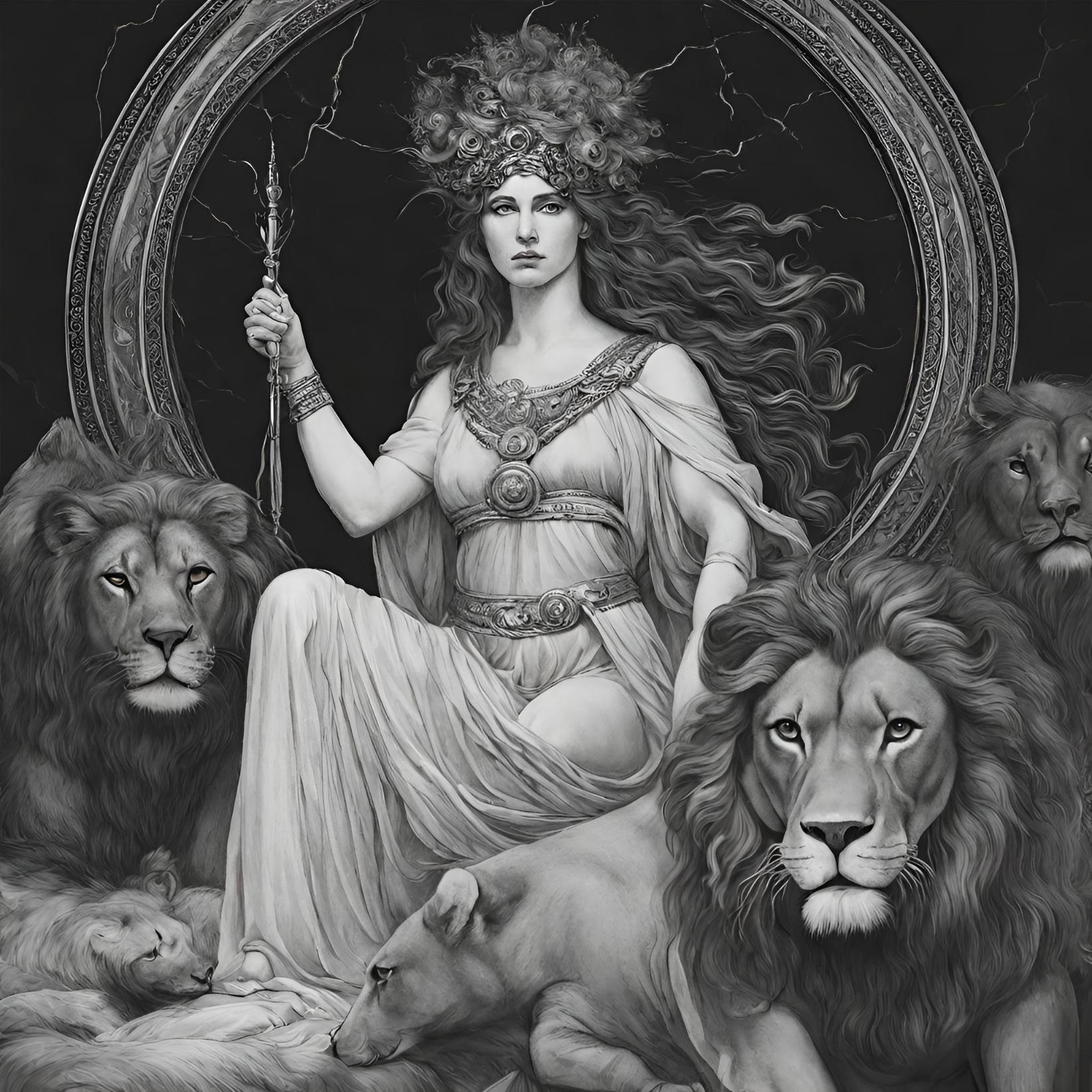The Celtic cross is one of the most popular tattoo designs, rich in meaning and history. These intricate designs combine the classic Christian cross with ancient Celtic knotwork art.
For those looking to honor their Irish heritage or express their spiritual beliefs, a Celtic cross tattoo is a powerful and meaningful choice.
In this article, we’ll explore the history and mythology behind the Celtic cross and examine its deep ties to both pagan and Christian symbolism.
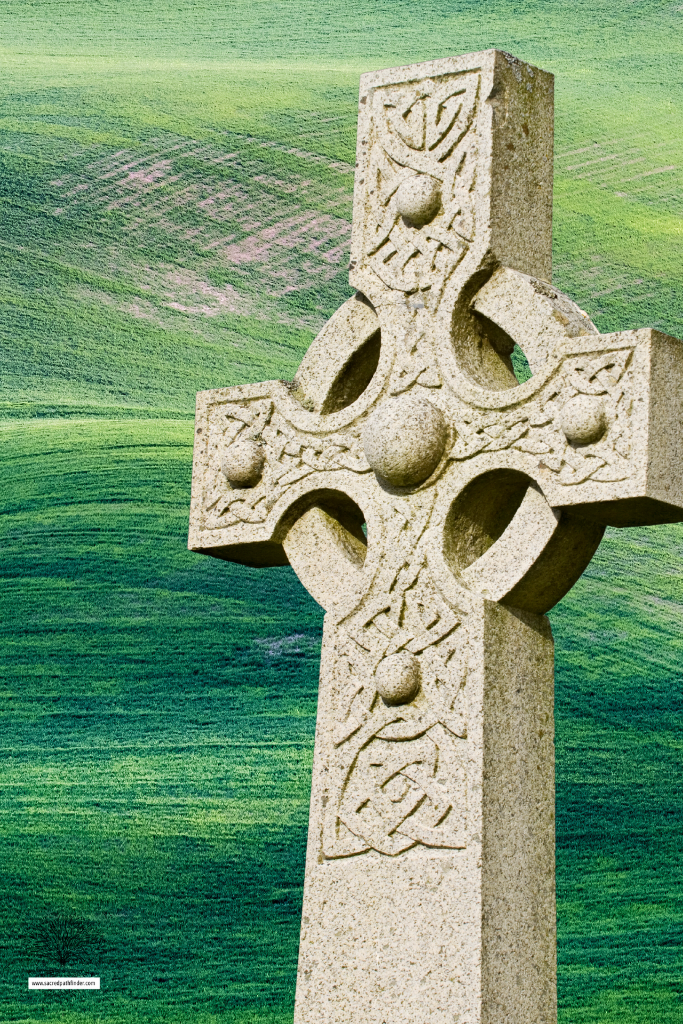
What Does the Celtic Cross Tattoo Mean?
Though the Celtic cross has pagan roots, it is most strongly associated today with Irish pride and Christianity. However, its meaning can vary depending on the wearer. Here are some of the common meanings behind this cross tattoo:
Irish and Celtic Heritage: The Celtic cross symbol is a celebration of Irish and Celtic history and culture. It shows one’s pride in their roots.
Christianity: To many, the circle around the cross represents the halo of Christ or God’s eternal love. It is used as a Christian symbol of faith.
Spirituality: Some view the Celtic cross meaning as a representation of the human connection between the spiritual and physical worlds.
Memorial: Celtic crosses are often used on gravestones and as memorial tattoos to honor lost loved ones.

The History and Mythology of the Celtic Cross
The distinctive Celtic cross design likely has its origins in early medieval Ireland, Scotland, and England. However, its history stretches back thousands of years. Here is an overview of how this cross developed over time.
Pagan Roots
Before Christianity reached the British Isles, the Celtic cross shape held significance for pagan beliefs. The vertical line symbolizes the connection between heaven and earth.
The circle represented the sun god and its life-giving energy. Pagan Druids likely used stone crosses in rituals.
Early Christian Influence
As Christianity spread through the Roman Empire, the Celtic cross merged pagan and Christian beliefs. The shape of the Latin cross was combined with the pagan circle to appeal to local populations.
The Book of Kells, an illuminated 8th-century Christian manuscript, features heavily decorated Celtic designs.

The Celtic High Cross Emerges
From the 9th through 12th centuries, massive high crosses were erected at churches and monasteries throughout Britain and Ireland. Featuring elaborate Celtic patterns and scenes, these towering stone crosses marked sacred ground.
Some also served as teaching tools, illustrating biblical stories, but overall, it was regarded as a religious symbol.
Enduring Symbolism
Today, over 3 dozen intact Celtic high crosses still stand in Ireland. The Celtic cross remains an enduring symbol of faith, heritage, and remembrance. It is popular worldwide as body art and jewelry.
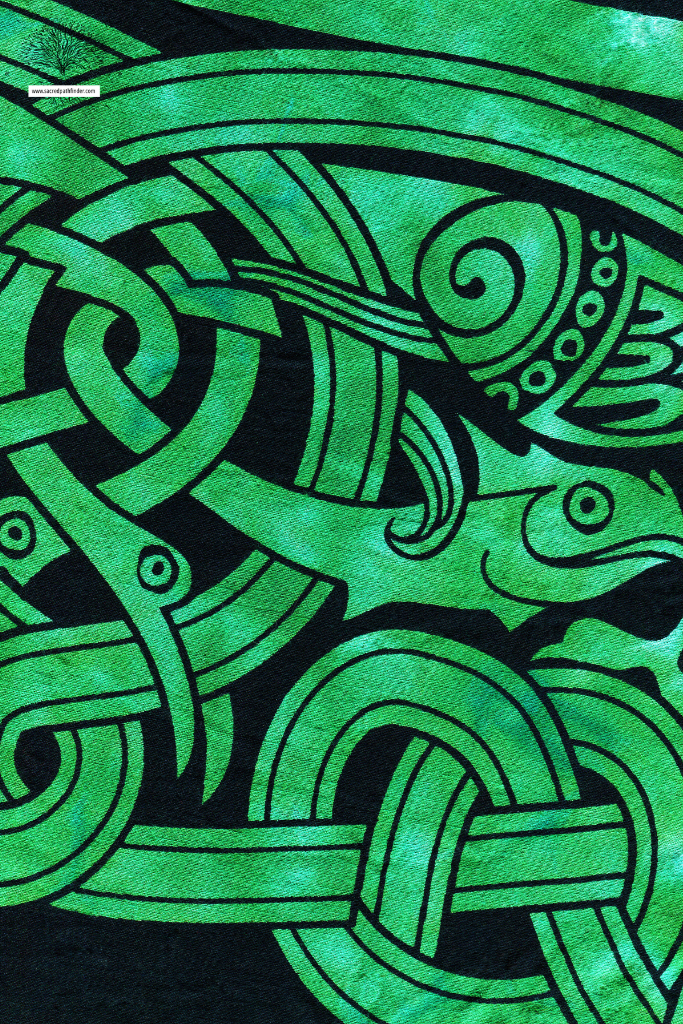
The Celtic Cross in Mythology
According to Irish myth, the Celtic god Lugh crafted the original Celtic cross from reeds to win a contest of skill. Some believe the circle represents the moon goddess and her triple aspects – maiden, mother, and crone.
Legends also claim that St. Patrick combined the Christian cross and the sun cross to appeal to pagans.
Pagan Ties to the Celtic Cross
The Celtic cross has undeniable ties to pre-Christian beliefs. Here are some of the pagan roots of this symbol:
Sun Worship: The circle was a solar symbol to pagan Celts, representing the cycle of the seasons. Crosses marked astrologically significant points related to the sun’s position.
Nature Religions: Druids likely used the Celtic cross in rituals honoring the earth’s fertility and the connection between life and death. The 4 arms of the Celtic cross pointed to the 4 cardinal directions.
Goddess Symbol: The circle represents the moon, the lunar cycle, and the triple moon goddess. The endpoints symbolized the solstices and equinoxes of the year. And if you love goddess tattoos, check out this article about Ancient Greek Symbols and Tattoo Ideas with goddess’ featuring Athena.
Christian Ties to the Celtic Cross
When Christianity arrived in Ireland around the 5th century AD, the Celtic cross became infused with Christian meaning while retaining old pagan overtones.
Crucifixion Cross: The shape of the Latin cross recalls Christ’s crucifixion. This “lifting up” was humanity’s path to salvation.
Resurrection: The circle around the cross symbolizes God’s endless love and emphasizes Christ’s resurrection from the dead.
Trinity Knots: The triquetras knotwork on Celtic crosses represents the Holy Trinity – the Father, Son, and Holy Spirit.
So while pagan and Christian beliefs seem opposed, the Celtic cross integrates them into a fusion rich in meaning. Next, let’s examine popular Celtic cross variations seen in body art.

Types of Celtic Cross Tattoo Designs
One of the appeals of the Celtic cross is the endless variety of designs. From the simplest outline to elaborate illuminations, these tattoos express one’s faith in a unique way. Some common Celtic cross styles include:
Simple Celtic Cross: The most basic design featuring a Latin cross encircled by an unadorned ring.
Celtic Knots Cross: This detailed version incorporates Trinity and eternity knots. Intricate knotwork fills the crossbar and circle in beautiful patterns.
Shamrock Celtic Cross: Perfect for celebrating Irish pride, green shamrocks replace the circle of a simple Celtic cross. A trinity knot often links the cross and shamrocks.
Illuminated Cross Tattoo: Inspired by ornately decorated manuscript crosses, these tattoos feature interwoven designs, Celtic patterns, and religious iconography illuminated in brilliant colors.
A Final Word on the Celtic Cross Tattoo
With an ancient past intertwined with Christian symbolism, the Celtic cross stands as an enduring emblem today. Whether honoring one’s Irish roots, expressing faith, or commemorating someone special, this powerful icon conveys legacy and belief. For those drawn to its rich history and intricate knotwork artistry, a Celtic cross tattoo makes a meaningful choice.
I hope you’ve enjoyed learning more about the background of ancient Celtic cultures and the meaning of the Celtic cross. Don’t keep it to yourself – be sure to share this post with a friend who you think would love the Celtic cross-inked on their body!
To get more symbolism sent your way, don’t forget to subscribe to our newsletter using the form below.
Thanks for reading!



